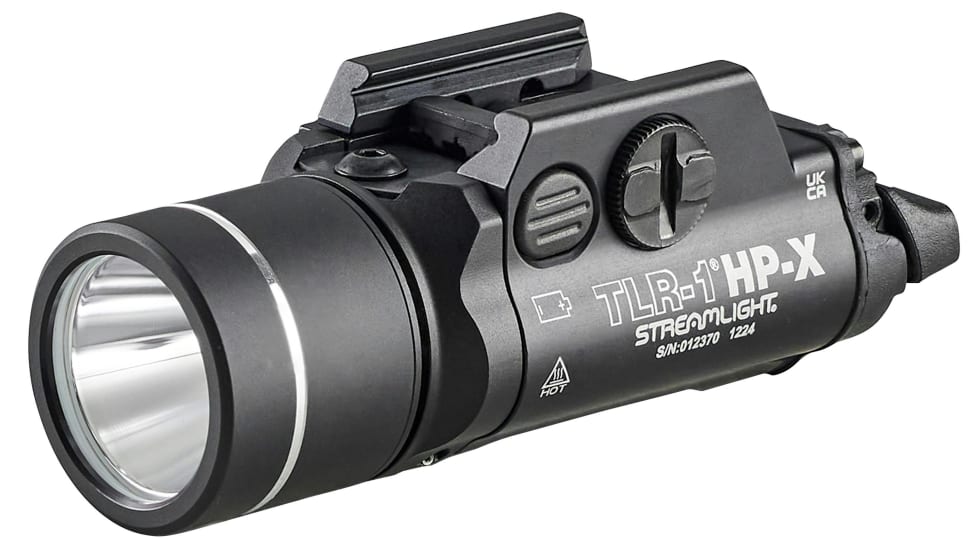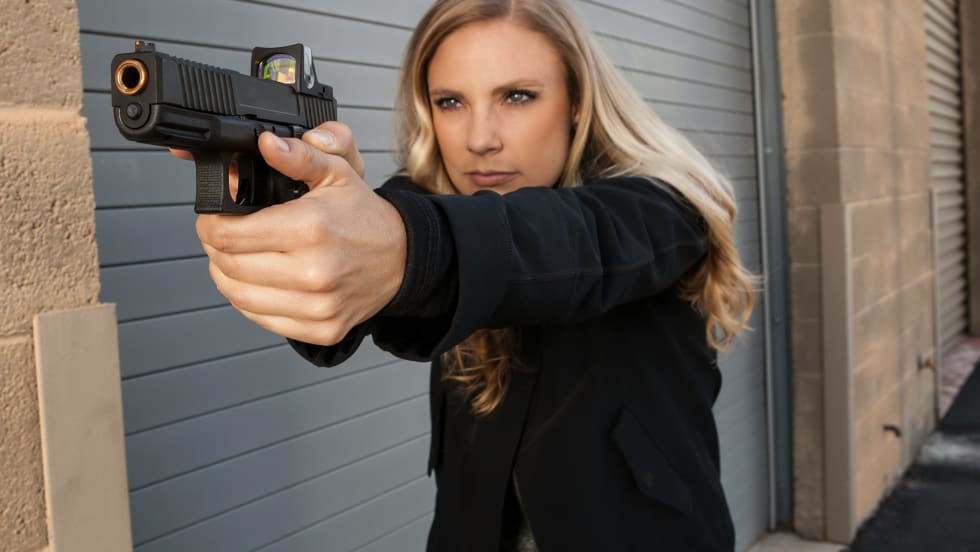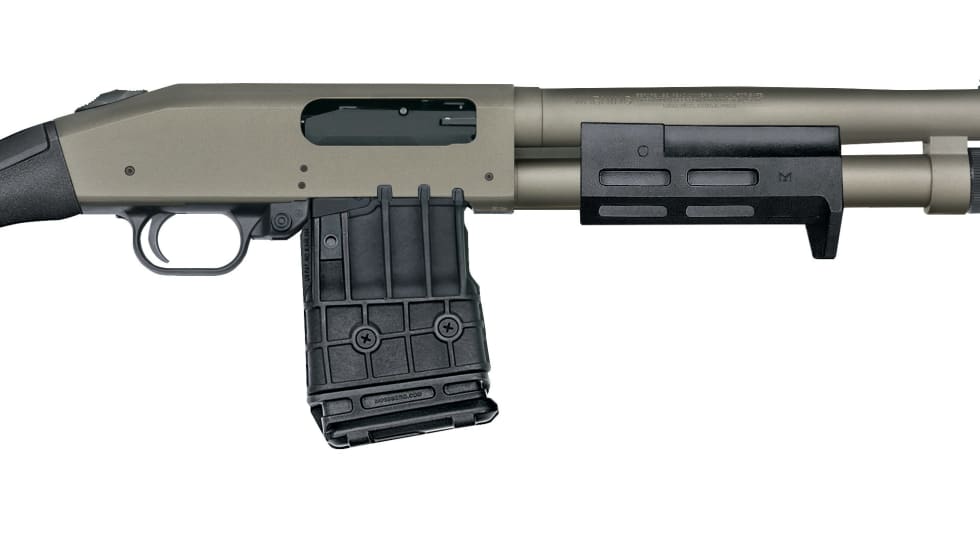"Bang, bang, Daddy," the little voice says, with a wide smile on his face. His fingers aren't long enough to reach the trigger, but your gut wrenches into your throat, as you duck, reach out for the gun, and softly say, "No, son, put it down."
With shaking hands, you put the gun on top of the dresser. It taps the wooden top two or three times before coming to rest, due to the tremor in your hand. You hold your son and think seriously about giving up the job, guns, and everything having to do with it all. The nausea flows through your body and you feel your stomach lurch.
You replay the tape in your head a thousand times as the days go by. Each time, the what-ifs expand, become more graphic, imbed themselves deeper into your dreams. You think about what you could have lost, your life, your marriage, your career wiped out in the literal blink of an eye, in the crash of a bullet. You think, hard, about how your moment of inattention nearly cost you everything.
Tragic Familiarity
In Tennessee, an officer is shot by his own son, who was playing with his dad's handgun.










